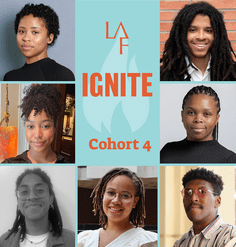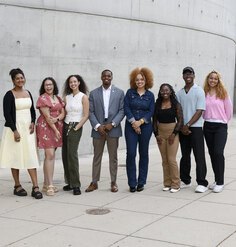Olmsted Scholar Feature: Landscape-Oriented Zoning for Rosario, Argentina
By Fadi Masoud, 2012 National Olmsted Scholar Finalist
The subdivision and transformation of agricultural lands to suburban decentralized developments is a symptomatic condition of the territorial edge of cities worldwide. By appropriating a micro-watershed landscape approach to the creation of subdivisions at the peripheral edges of cities, the hydrodynamic agrarian condition is envisioned to become the driver for a novel, resilient, and flexible landscape-oriented type of zoning and land use provision.
Recognizing the ineffectiveness of dated jurisdictional and normative planning tools in dealing with contemporary urbanization concerns, “landscape-oriented zoning” represents an alternative model for suburban developments on greenfields. With the micro-watershed as the unit of subdivision, landscape-oriented zoning promotes integrated and responsive built-form typologies as well as decentralized infrastructure on operative open space provisions.
As part of an option studio at Harvard University's Graduate School of Design, I collaborated with Mariusz Klemens on a project to deal with the territorial front and agrarian front of the City of Rosario in Argentina. Bracketed by two small rivers marking the north and south limits of the city, the site for this project has been defined by the Urban Plan Rosario 2007-2017 as the New Strategic Territorial Front. The flatness of the Argentine Pampas, much like many greenfield zones in any expanding city, is subject to dated artificial and jurisdictional land use separation, zoning, and subdivision. This practice of parcelization of land for the building of new suburban subdivisions does not take into account the extreme hydrodynamics of these seemingly flat agricultural lands.
Our project uses the site’s existing micro-watersheds as a land subdivision mechanism and planning tool for these types of suburban fringes. Analysis showed that the current regional and local infrastructure does not respond to any of the existing environmental and social conditions. Its centralized configuration provides ineffective water and waste management, especially in high deprivation zones. To address this, the project uses the natural drainage patterns to clearly demarcate micro-watersheds that run along and through the site. Rather than following a normative planning approach to land subdivision and land use, the project appropriated these flow lines as potential units for a landscape-driven zoning and parcelization regime.
Since the site is currently not serviced by the centralized waste and water municipal network, the project proposed a new decentralized configuration of infrastructure by utilizing existing topographic and hydrologic conditions to allow for a new typology of fully adaptive and flexible built form and open space system.
Super-imposing this new micro-watershed-driven regime on top of a suitability zoning plan led to a type of a symbiotic land use zoning that protected the most arable land from development and allowed for the most floodable areas to become points of collection and treatment. The integrated rapport between new land subdivision mechanisms, suitability land use designations, a decentralized wastewater infrastructure, and responsive and adaptable built form typologies creates the ingredients for novel forms and patterns of urbanization on the suburban edge.
Fadi Masoud was appointed as a Visiting Fellow (2012-13) at Harvard University’s Graduate School of Design where he just completed his Post-Professional MLAII degee. Fadi will continue his design and research work on the cross-section of landscape and planning, especially in places of extreme hydrological regimes and transboundary conditions.










